#auchenorrhyncha
Text

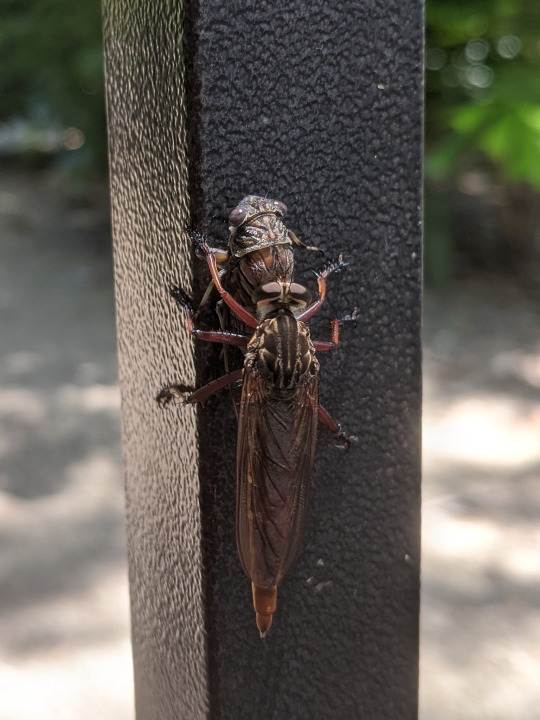
Very large robber fly attacking a cicada.
I took this photo years ago, and for some reason I just forgot about it. I don't know how considering how interesting it is.
17/11/20 - QLD:WET coastal rainforest nursery
Predator - Diptera: Dolopus sp.
Prey - Hemiptera: Cicadoidea sp.
#Diptera#unidentified#Cicadoidea#Cicadas#Hemiptera#Auchenorrhyncha#True Hoppers#Dolopus#Asilidae#Robber Flies#Brachycera#Brachyceran Flies#flies#arthropods#arthropoda#invertblr#invertebrates#bugs#bugblr#bugs tw#bug#insects#insecta#insectblr#insects tw#entomology#insect
177 notes
·
View notes
Text

#IFTTT#Flickr#macro#insect#focusstack#fieldwork#sonya6500#laowa65mmf282xultramacroapo#zerenestacker#animalia#arthropoda#hexapoda#insecta#pterygota#hemiptera#auchenorrhyncha#cicadomorpha#membracoidea#cicadellidae#cicadellinae#cicadellini#cicadella#말매미충#cicadelleverte#зелёнаяцикадка#cigarrinhaverde#ruohokaskas#オオヨコバイ#žaliojicikadėlė#bezrąbeksadowiec
14 notes
·
View notes
Text

Greengrocer Cicada - Cyclochila australasiae
Bargo, NSW, Aus, 12 Oct 2023
#insects#Cyclochila australasiae#cicada#greengrocer cicada#greengrocer#green cicada#ocelli#simple eye#hemiptera#arthopoda#auchenorrhyncha#cicadidae#cyclochila#insecta#my photography#bug posting
8 notes
·
View notes
Text



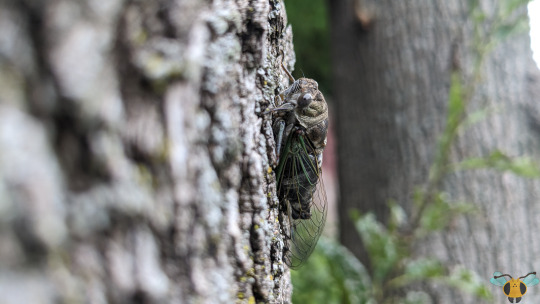

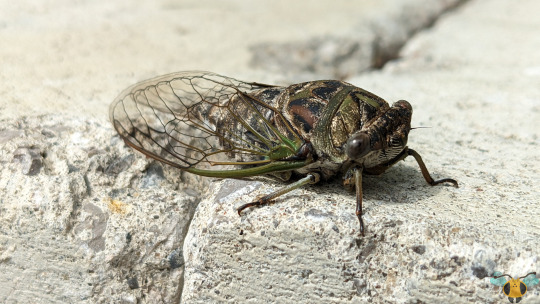
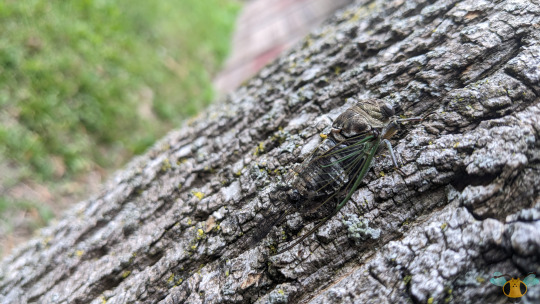

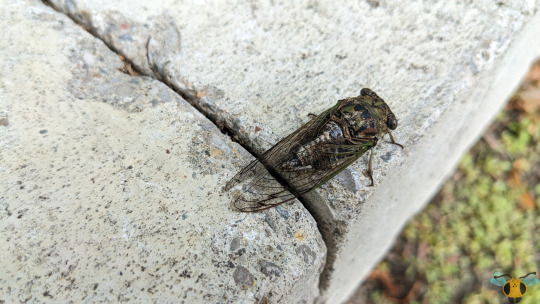

Dog-day Cicada - Neotibicen canicularis
Happy New Year and Happy 2024 to everyone! Today's post may be short, but let us all look forward to a fond and well-remembered year with a summer insect that graces us yearly in Toronto.
Jumping off from the previous post featuring insect highlights from my photography of 2023's insects, we take a closer took at the humble Cicada. One of the individuals here was featured in the highlight post, crawling along the sidewalk, and all individuals here were found during the height of summer! While most Cicadas immediately take to the trees (after their exoskeleton has darkened) in search of the perfect spot to communicate with other Cicadas, there are some that need to fly around and search for that spot. The Cicada on my hand was one such individual that crashed head-on into the back of my head during a walk! Though very powerful fliers thanks to their large intricately-veined wings, they can be rather clumsy, especially when it comes to landing. In cases like this, it may have been flying so fast that it didn't have time to properly see and maneuver itself for a vertical landing (which is to say nothing of its weight and wing-to-body ratio) and it mistook me for a medium sized shrub. I've seen similar situations occurs when some backyard Cicadas fly from gardens plants to the trees.
Sometimes they can successfully grab the tree with their legs, and other times they crash headlong against the bark and clatter to the ground! Those that land on the trees climb to the tops, and fortunately they are somewhat camouflaged as they ascend. Viewing Pictures 2 and 8, the mottled abdomen, mossy head and thorax and transparent wings may fool some predators without acute vision, if only temporarily. As chance a Cicada gets to fool a predator must be taken as a Cicada has no defenses outside of the occasional surprise from the (male's) screech. Their primary strategy is to rely on their numbers to prevail and proliferate since they are noisy, large-sized and full of nutrients. Those that are luckiest make it to the treetops and sing until they either find a mate, get eaten, or drop down to the soil below to evade an attacker. I can only speculate that they climb up the trees and don't fly back up there for the following reasons: to draw less attention during the climb and it's easier to land on the wider portions of the trunk than thinner branches up top. Should they crash and fall thanks to the latter, they'd have to make the trip all over again.
Pictures were taken on August 8, 17 and 24, 2023 with a Google Pixel 4.
#jonny’s insect catalogue#ontario insect#cicada#dog day cicada#hemiptera#auchenorrhyncha#true bug#insect#toronto#august2023#2023#nature#entomology#invertebrates
7 notes
·
View notes
Text
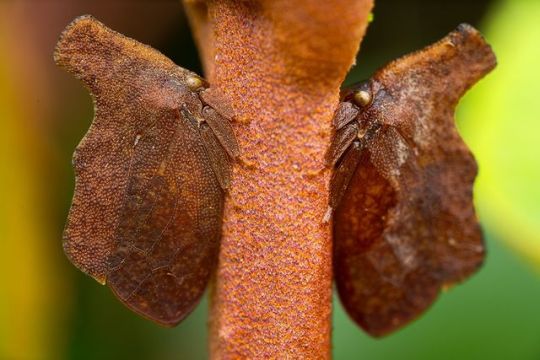
Stegaspis fronditia
#Stegaspis fronditia#treehopper#Insecta#Hemiptera#Auchenorrhyncha#Membracidae#Stegaspidinae#Stegaspis#upl
5 notes
·
View notes
Photo
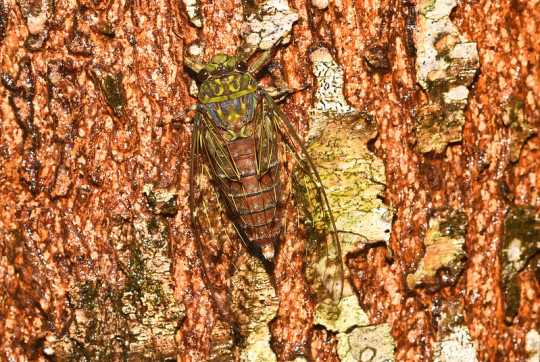
Cicada (Mata sp.) in Karnataka, India
by praveen pandian
3 notes
·
View notes
Text
A bunch of hoppers
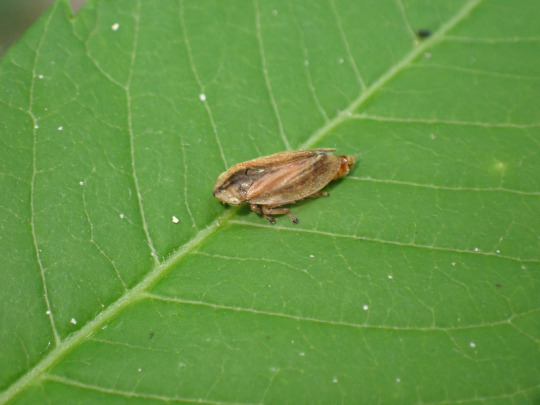



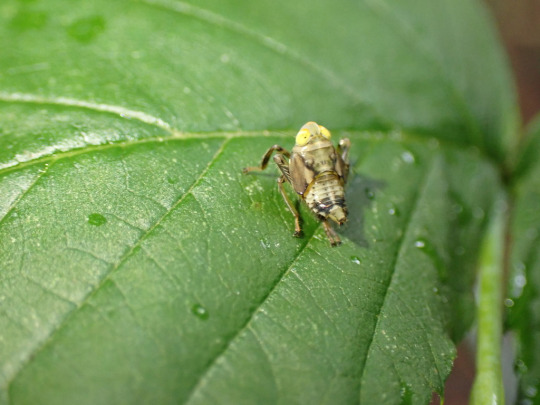
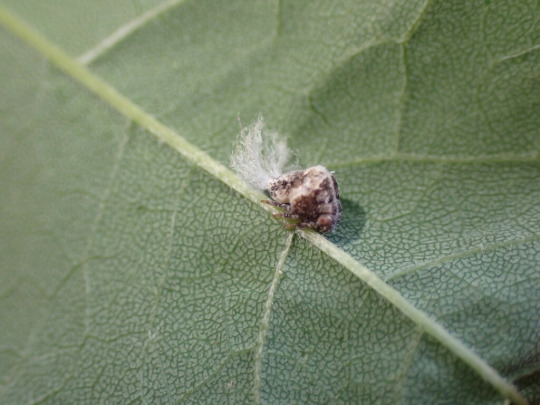


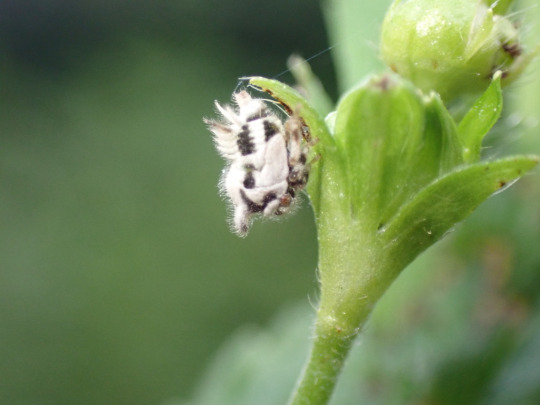


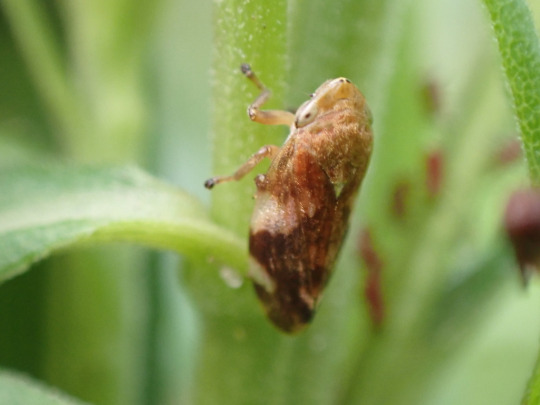

#bugs#bugblr#hemiptera#auchenorrhyncha#membracidae#cicadellidae#cercopidae#fulgoroidea#clastopteridae#arthropods#insects#mine
2 notes
·
View notes
Text
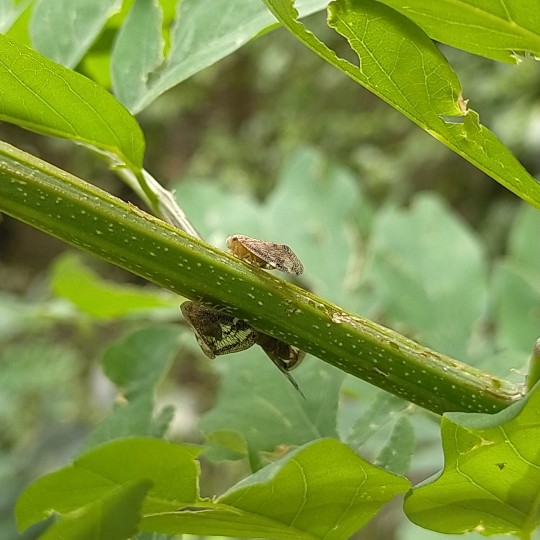
Scolypopa australis
09-FEB-2023
Melbourne, Vic
#australia#victoria#melbourne#australian natives#native fauna#insect#bug#arthropod#invertebrates#passionvine hopper#arthropoda#insecta#auchenorrhyncha#fulgoroideae#ricaniidae#scolypopa#scolypopa australis#green
0 notes
Text

8/26/22
The dreaded lanternfly... boogeyman of PA. I've seen pictures for years but was still shocked by their vibrant orange wings.
#spotted lanternfly#Lycorma delicatula#animal#insect#insecta#hemiptera#Auchenorrhyncha#Fulgoromorpha#Fulgoridae
0 notes
Text
#I still couldn't include everything that I wanted to include but that's okay#please share this with your friends!#I just really love arthropods
221 notes
·
View notes
Text

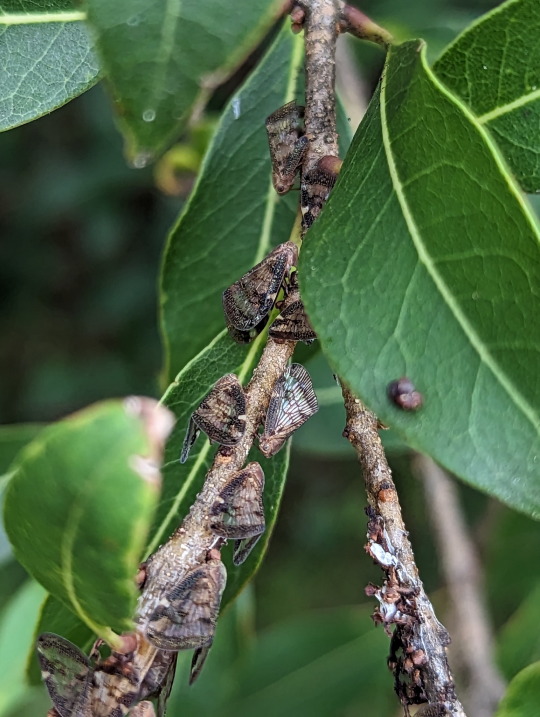
Passionvine Hopper
Scolypopa australis
24/03/23 - NSW, Dapto
#invertebrates#invertblr#Arthropods#Arthropoda#bugs tw#insects#insect#insecta#insectblr#insects tw#bugs#bugblr#bug#entomology#Passionvine Hopper#Scolypopa australis#Hemiptera#Auchenorrhyncha#True Hoppers#Fulgoromorpha#Planthoppers
144 notes
·
View notes
Photo

Lycorma delicatula - Spotted Lanternfly nymphs
#insects #entomology #bugblr #nycbugs #spotted lanternfly #invasive #planthopper #auchenorrhyncha
14 notes
·
View notes
Text
Genome comparison reveals inversions and alternative evolutionary history of nutritional endosymbionts in planthoppers (Hemiptera: Fulgoromorpha)
Published 1st July 2023
A study characterizing the genomes of Vidania and Sulcia from three Pyrops planthoppers to understand their metabolic functions and evolutionary histories.
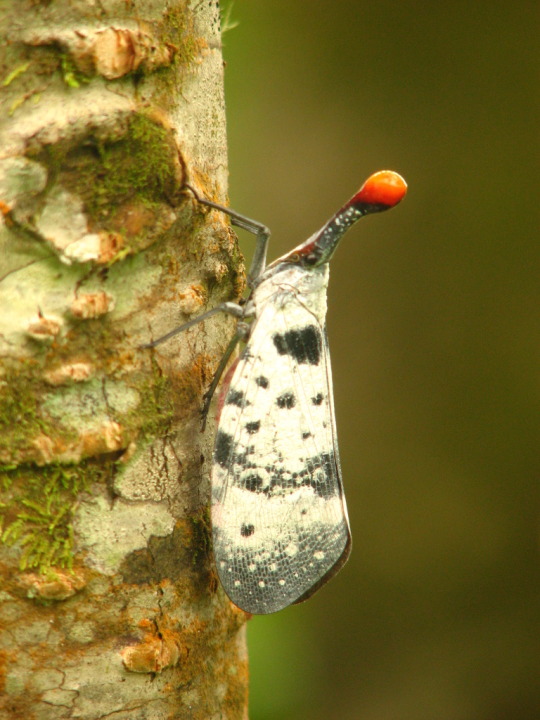
Pyrops Clavatus, from
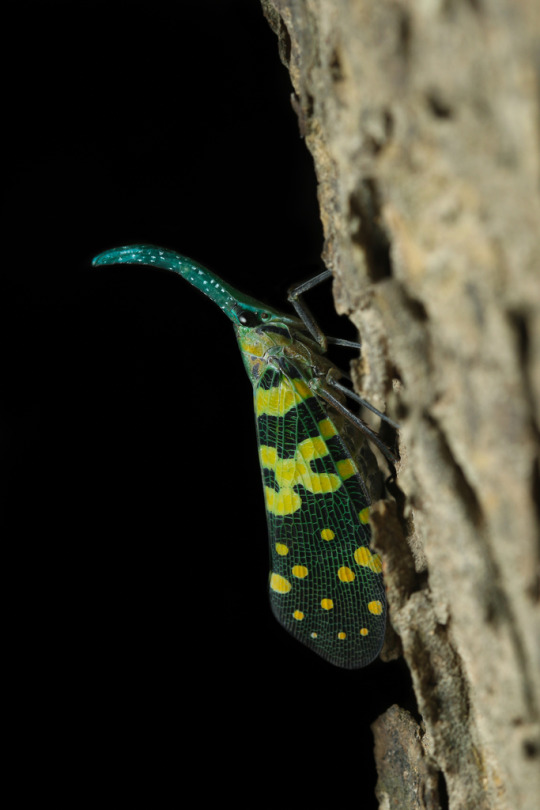
Pyrops Viridirostris, from

Pyrops Lathburii, from

The visual representation of endosymbiont diversity based on short-read assembly.
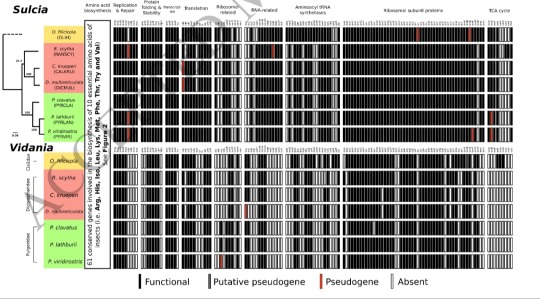
The comparison of gene set between Sulcia and Vidania lineages from seven planthopper species representing three families.
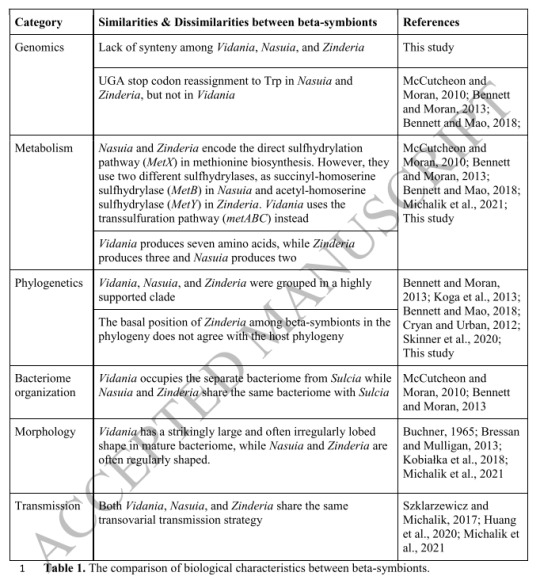
Read the paper to find out the what this evidence suggests and for extra context. itvis free!
Source:
0 notes
Text
looking at wikipedia articles about various true bugs (hemiptera) and realizing this is just an order full of banger after banger after banger. just the suborder Auchenorrhyncha on its own is full of insect greatest hits like cicadas and leafhoppers. but there's also cool guys like assassin bugs and my favorite nightmare animal, giant water bugs.
(... there's also kissing bugs and bed bugs but we don't have to talk about those)
1 note
·
View note
Text
Insect Songs: Dog-Day Cicada - Neotibicen canicularis & Black-Legged Meadow Katydid - Orchelimum nigripes
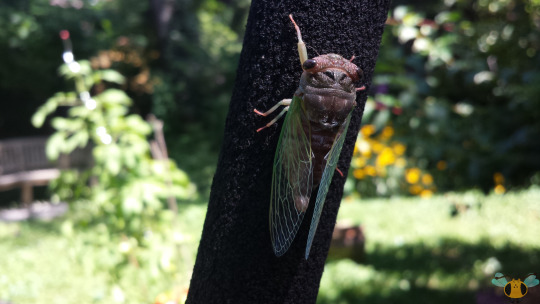
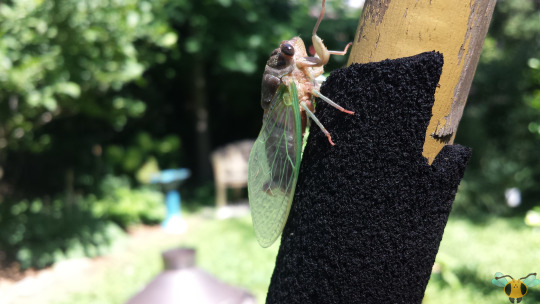

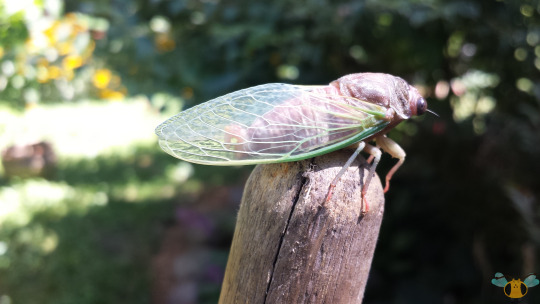
In today's exploration of insects and their songs, we 2 familiar species today that are quite prevalent in Ontario's summer months. We begin with the tree-dwelling shriekers that seem to grow even louder when heat increases. Just as with Crickets and other Orthopterans, the large-bodied Cicadas only sing if they are male. To produce their sound, they rapidly expand and contract a membrane behind their thorax called a tymbal. Knowing this information, you can actually identify males and female by looking for the tymbals, which (in this specie) is located underneath the wing. Be very gentle when handling a Cicada in order to see this tymbal, and if it screeches in response, it's definitely a male. That said, unlike Orthopterous insects, Cicadas do not use stridulation to produce their song, as that process describes insects rub certain body parts together (e.g. see below) to produce sound. Vibrating a membrane doesn't match the description. If anything, it's more like flexing a muscle and allowing the hollow-filled body to amplify the sound so that all can hear it.
Pictured below is a typical example of how a Cicada song normally appears in audio form. It is a distinct, clear sound. Headphone warning, a Cicada shriek can be very shrill, even if the audio has been gently reduced.

As mentioned in this blog's 100th post, the Cicada's song appears continuous because of the tremendously rapid expansion and contraction of this membrane. The muscles controlling the membrane are so powerful that the tymbal can vibrate several hundred times per second. The faster the vibration builds (for this specie), the higher the pitch of the song becomes. That said, just as a Cricket's chirp can be isolated to clicks, a Cicada's song can be slowed down to hear the individual pulses. After slowing the screeching down by several hundred times, this is the result:
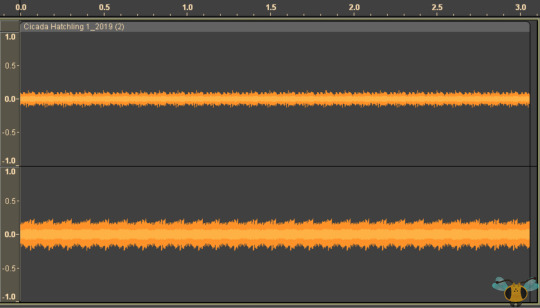
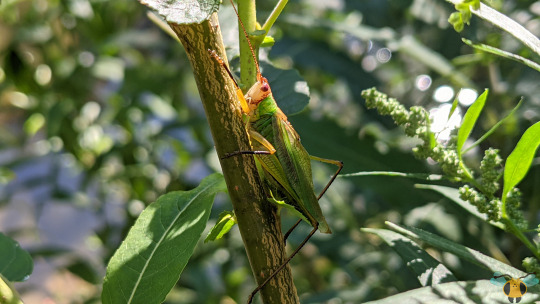

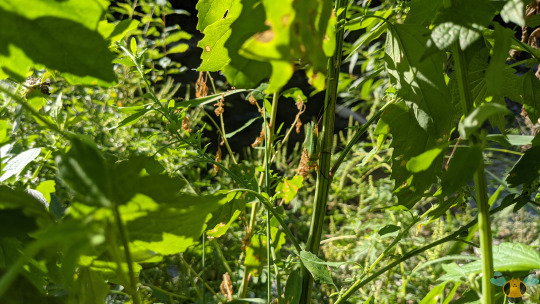
On the other side of the summer of insects, most Katydids generate their mating calls using wing-to-wing stridulation. There are exceptions of course (such as the Drumming Katydid), but today's specie has a loud method of communication! Like its Cricket friends, the loud, continuous sound is many clicks in rapid-succession. In fact, you can actually hear the beginnings of the clicks at the start of the song before the wings suddenly accelerate and make the call distinctive. Considered the role flight muscles play in controlling the wings and their noises, it's no surprise how the song can suddenly turn loud. It's very likely that the song can only be sustained in short bursts to prevent muscle damage or heat buildup, which is to say nothing of exposing oneself to a predator. The sound is alluring, for both mate and hunter alike. Pictured below is a typical example of the Black-Legged Meadow Katydid's song (headphone warning):
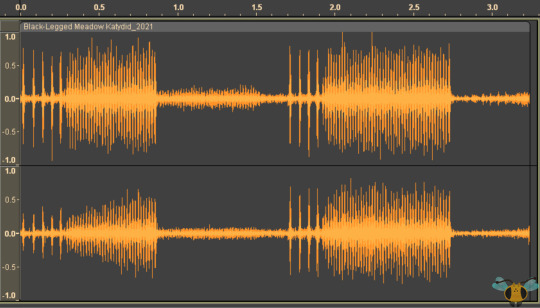
Do note, that while this is louder compared to the Cicada song, I was much closer to the source. If I was next to a singing Cicada, that too would have been an incredible amount of decibels! Nevertheless, when this Katydid's song is slowed down, the individual clicks become more prominent. Looking at it immediately after slowing the tempo down a few hundred times, a quick burst of less that one second becomes nearly 45 seconds of clicks! To showcase this, I've included a "portal" that offers a zoomed in look at the slowed song. Each spike in amplitude is a click of the wing-scraping. Even at reduce speed, you can hear the gradual acceleration of the clicking as the song goes on (headphone warning):

Pictures were taken on August 24, 2019 (Dog-Day Cicada) with a Samsung Galaxy S4 and on September 5, 2021 (Meadow Katydid) with a Google Pixel 4. Audio amplitude graphs were created using Audacity and samples from the following blog videos:
Black Legged Meadow Katydid | Dog-day Cicada
#jonny’s insect catalogue#ontario insect#cicada#dog day cicada#katydid#bush cricket#black legged meadow katydid#orthoptera#hemiptera#auchenorrhyncha#true bug#insect#insect audio#toronto#august2019#2019#september2021#2021#insect clicking#insect noise#a closer look#insect chirping#nature#entomology#invertebrates
5 notes
·
View notes
Text
Shuttling associated with Peptide-Drug Conjugates simply by Gary Protein-coupled Receptors is substantially Enhanced by simply Pulsed Software
Techniques: All of us utilised medical Appointment Study sub-dataset produced from your fourth Malay National Health and Nutrition Assessment Study 08 (KNHANES Four) to evaluate engagement inside stomach cancers verification and also components associated with presence throughout men and women age group >Equals 4 decades. We all enrollment Four,464 themes that concluded the questionnaire and just weren't formerly informed they have gastric cancer malignancy. A number of groups of factors have been considered potential predictors associated with gastric cancer screening in the multivariate examination: sociodemographic, health behavior, psychological and intellectual, and dietary elements. Benefits: Total, Forty-one.3% complied with the abdominal most cancers testing recommendations. Younger grow older, reduced training degree, living with out a wife or husband, recurrent binge consumer, along with current smoking efficianado were drastically connected with a smaller amount contribution within abdominal most cancers screening process. Results: To boost contribution in abdominal cancers verification, more tightly focused interventions must be directed to prone people, such as organizations with minimal socioeconomic reputation or perhaps bad habits. Furthermore, there ought to be brand-new promotional activities and wellness schooling to supply data concentrating on these types of susceptible communities.Several insects depend on microbial symbionts together with small genomes specialised regarding provisioning vitamins low in number diet plans. Xylemsap and phloem sap are both bad while termite diets, however differ dramatically within source of nourishment articles, possibly impacting on symbiont genome advancement. With regard to sap-feeding bugs, sequenced symbiont genomes can be purchased limited to phloem-feeding good examples through the suborder Sternorrhyncha and also xylem-feeding illustrations from the suborder Auchenorrhyncha, confounding reviews. Many of us sequenced genomes of the obligate symbionts, Sulcia muelleri and Nasuia deltocephalinicola, of the phloem-feeding bug bug, Macrosteles quadrilineatus (Auchenorrhyncha: Cicadellidae). The outcomes show that Nasuia-ALF contains the tiniest microbial genome nevertheless sequenced (112 kb / s), understanding that the Sulcia-ALF genome (One hundred ninety kilobytes) is smaller than that of Sulcia throughout other bug lineages. Collectively, these symbionts retain the chance to synthesize the ten Daclatasvir inhibitor vital healthy proteins, while witnessed for a number of symbiont sets from xylem-feeding Auchenorrhyncha. Nasuia retains genetics permitting combination involving a pair of aminos, Genetic duplication, transcribing, as well as language translation. Both symbionts have forfeit body's genes main ATP combination through oxidative phosphorylation, quite possibly because of the particular overflowing sugars content of phloem. Discussed genomic features, which includes reassignment of the UGA codon from Stop to tryptophan, and also phylogenetic benefits declare that Nasuia-ALF can be most tightly linked to Zinderia, the betaproteobacterial symbiont involving spittlebugs. Hence, Nasuia/Zinderia and Sulcia likely symbolize historical affiliates who have co-resided throughout hosts since divergence associated with leafhoppers and also spittlebugs >Two hundred Ma, and maybe considering that the origins with the Auchenorrhyncha, >Two seventy Mum.
#Kinase Inhibitor Library#HDAC inhibitor#Tomivosertib#E-64#Geldanamycin#Molidustat#SGC-CBP30#Dynasore#UNC0642#Halofuginone#Avasimibe#Fasudil#Thymidine#BAPTA-AM#Fimepinostat#AP-III-a4#CFI-400945#PF-8380#BMS-1#kira6#Aspirin#Vancomycin#Amiloride#lurasidone#Dexmedetomidine#Raloxifene#Menadione#Tolvaptan#Thiotepa#Grazoprevir
0 notes